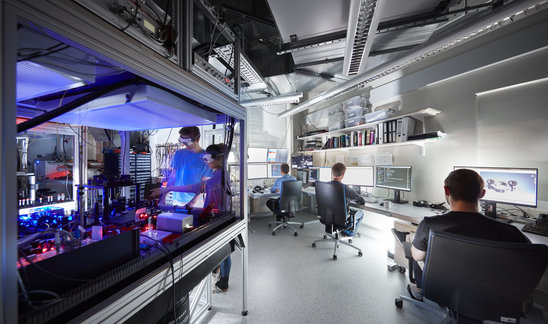
Quantum Simulation and Quantum Computing with Neutral Atoms
Immanuel Bloch and his group focus on quantum simulation and quantum computing using ultracold atoms and molecules as well as quantum optical experiments with these systems. With the help of laser beams, artificial crystals of light can be generated, in which ultracold atoms or molecules can be captured in a matrix of microscopic light traps. In this way, artificial model systems for real solids can be generated that can be controlled and probed in fundamentally new ways. For example, this makes it possible to precisely adjust the crystal structure or the interactions between the atoms and observe them with single site resolution and single atom sensitivity. It is also possible to open up entirely new parameter ranges to study the behaviour of matter under most extreme conditions.
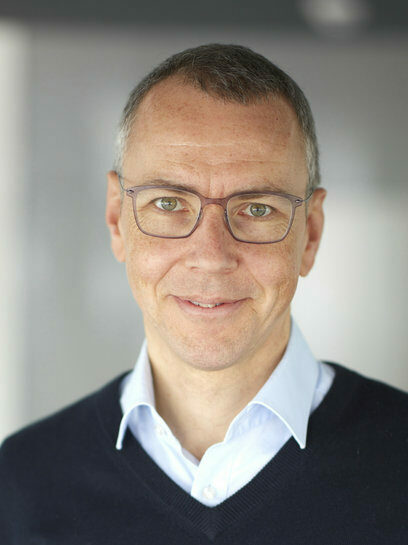
Prof. Immanuel Bloch
MPI of Quantum Optics, Garching
Scientific Director,
and Ludwig Maximilians University, Munich

Quantum Information Theory
The main research focus of Ignacio Cirac and the members of his department is Quantum Information Theory. On the one hand, they investigate new platforms to build quantum computers, quantum communication systems and quantum devices in general. On the other hand, they develop algorithms to solve specific problems with such computers in a more efficient way than with classical ones. They also study protocols that leverage quantum features in different applications. In addition, they are actively involved in the development of a new theory of information based on quantum physics. Finally, they apply concepts from this theory to establish new techniques in order to describe and compute the properties of many-body quantum systems (see our research page for a list of topics).
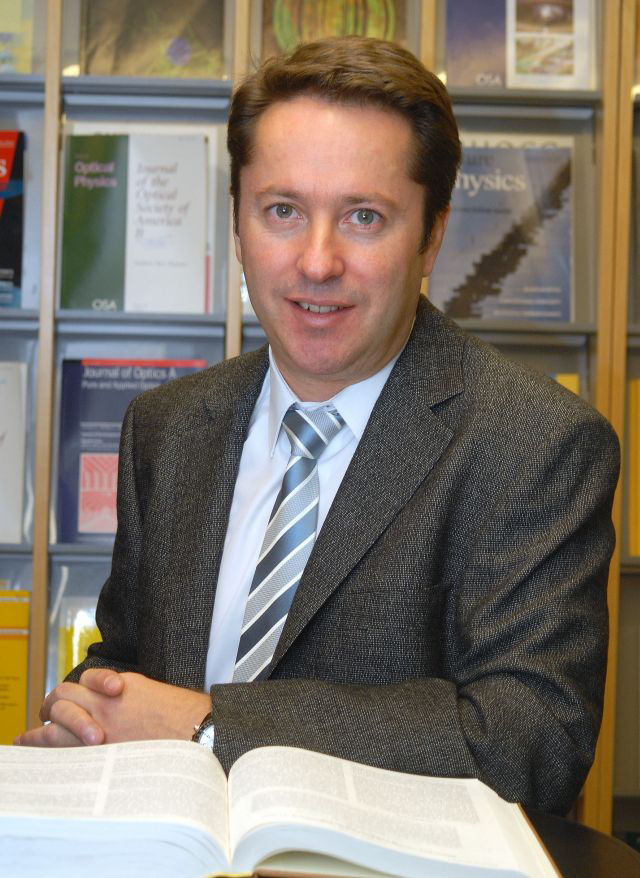
Prof. Ignacio Cirac
MPI of Quantum Optics, Garching
Scientific Director
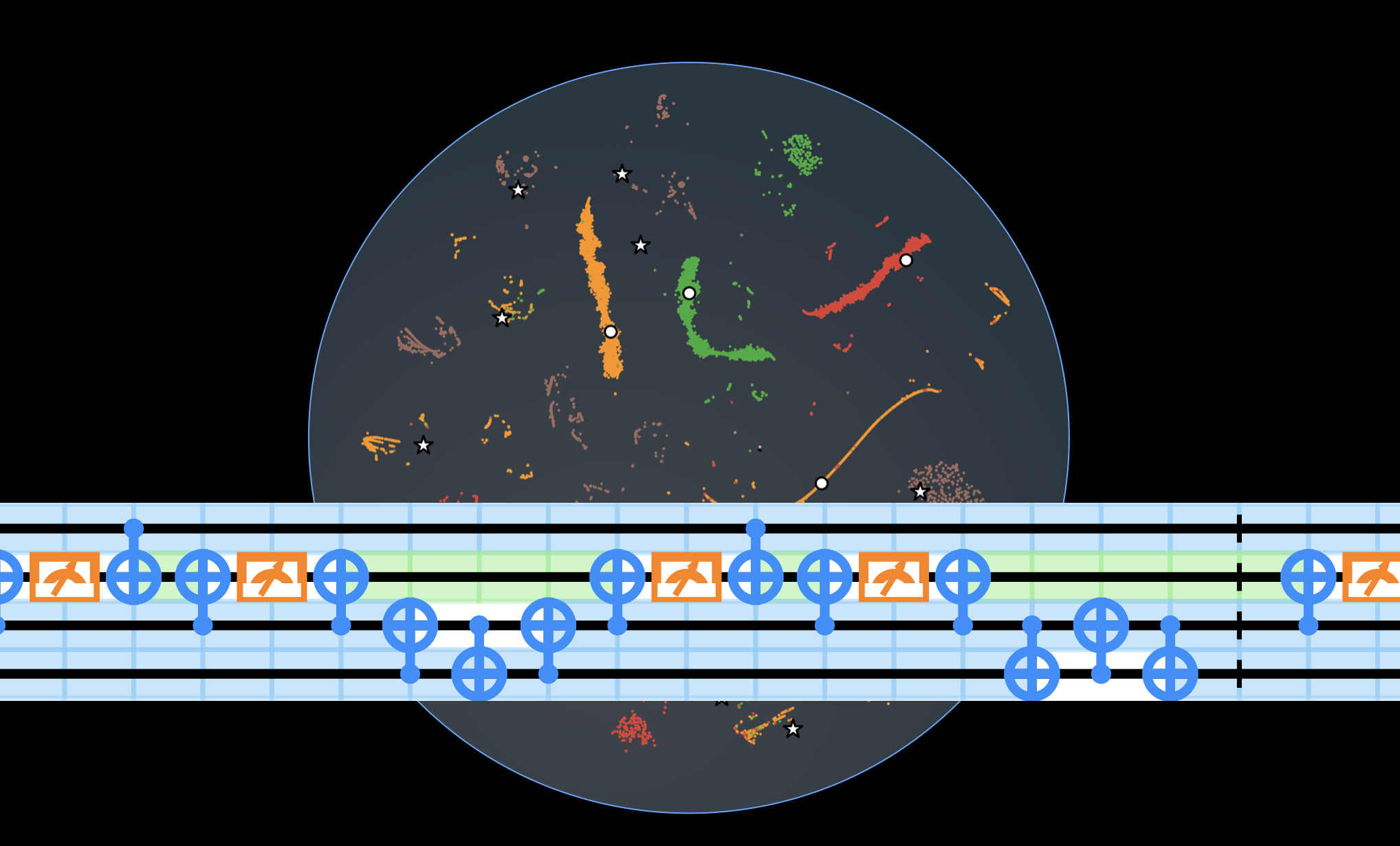
Theory of Quantum Light-Matter Interfaces and Machine Learning for Quantum Devices
Florian Marquardt leads the theory division at the Max Planck Institute for the Science of Light. His group pursues novel concepts for exploiting light-matter interactions at the quantum level to design interfaces that couple different quantum systems, especially in the domains of nanophysics and quantum optics. One prominent focus have been optomechanical systems, involving light and motion. On a methodical level, the group explores the use of new machine-learning-based approaches to the control, design, optimization and study of quantum devices, such as those used for quantum information processing and quantum simulation.
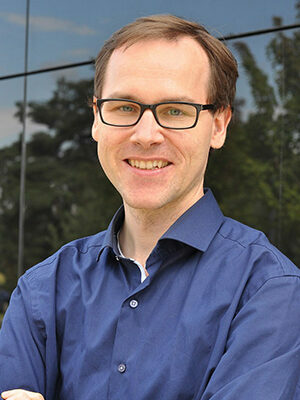
Prof. Florian Marquardt
MPI for the Science of Light, Erlangen
Scientific Director
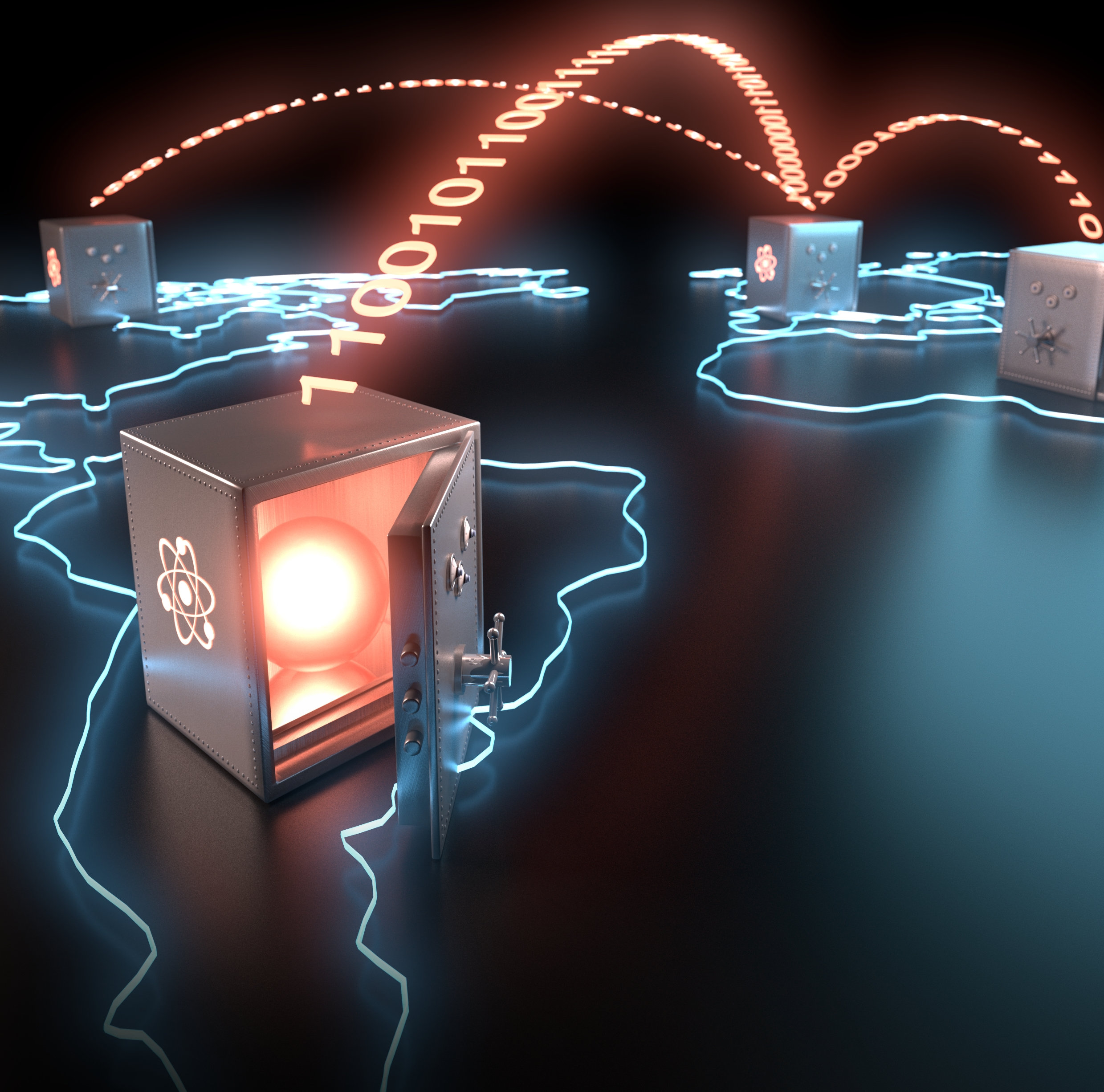
Quantum Information Processing with Atoms and Photons
Gerhard Rempe and his group have established a prolific research program in experimental quantum science with atoms coupled to photons via optical cavities. With this platform they implement core protocols concerning entanglement distribution and quantum logic for quantum communication and modular quantum computation. They operate a quantum link between distinct laboratories and explore, with nondestructive qubit detectors, fascinating research possibilities in quantum networking. With photonics qubit memories, they have developed the central ingredient of future quantum repeaters for long-distance quantum communication. Moreover, they investigate cold polyatomic molecules as new qubit carriers with unparalleled possibilities for quantum information science and technology.
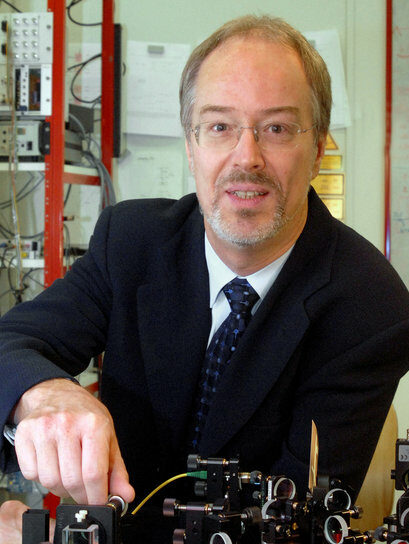
Prof. Gerhard Rempe
MPI of Quantum Optics, Garching
Scientific Director
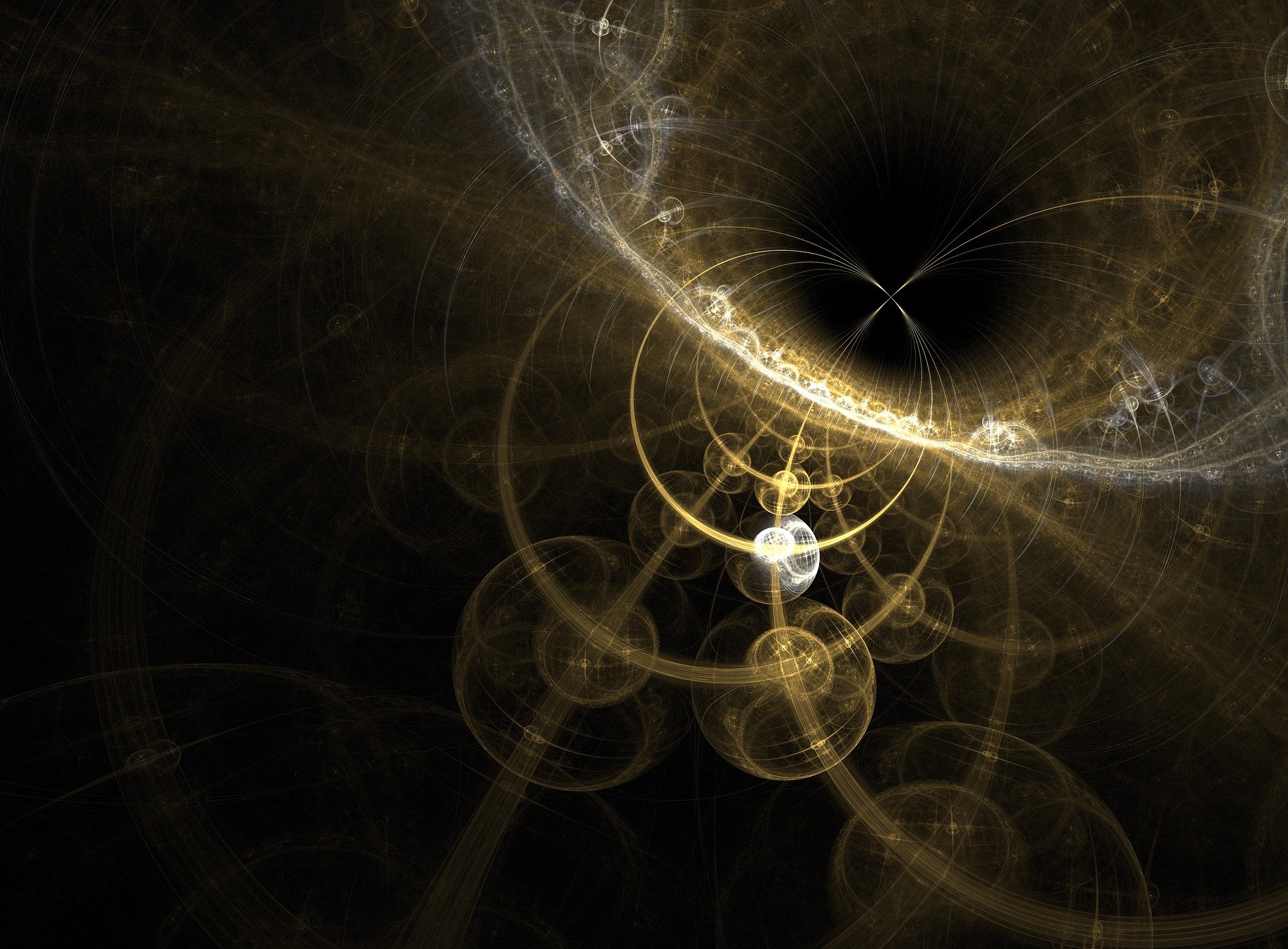
Quantum Optimization Algorithms for Visual Computing and AI
Our group focuses on research problems at the intersection of computer graphics, computer vision and machine learning. Many research questions in this domain involve challenging correspondence search problems (e.g., optical flow or shape alignment), or the optimization of non-convex objective functions in machine learning. For such problems, we develop new algorithmic formulations which can be solved on modern adiabatic quantum annealers or universal quantum computers of IBM — prototypes of which became recently available for the broader research community — and investigate which advantages these approaches offer in comparison to existing classical methods.
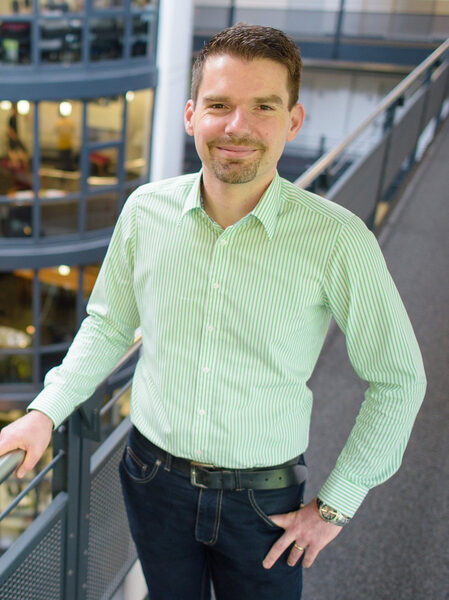
Prof. Christian Theobalt
MPI for Informatics, Saarbrücken
Scientific Director
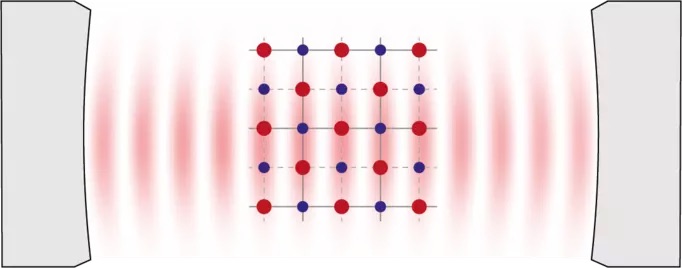
Quantum Matter Interfaces
The independent research group Quantum Matter Interfaces aims to study the connection of assembled arrays of laser-cooled atoms to novel interfaces with optical photons. Therefore, we combine atomic Rydberg arrays in optical tweezers with optical resonators. Next to the realization of measurement-based controlled feedback on quantum systems – the basis of quantum error correction – our aim is also to study novel interactions and the generation of entanglement in quantum many-body systems.
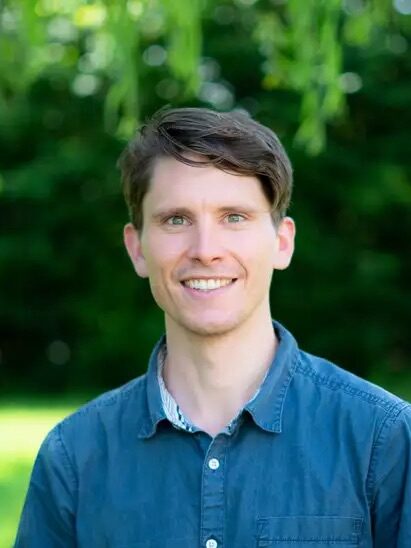
Dr. Johannes Zeiher
MPQ Garching,
Group Leader